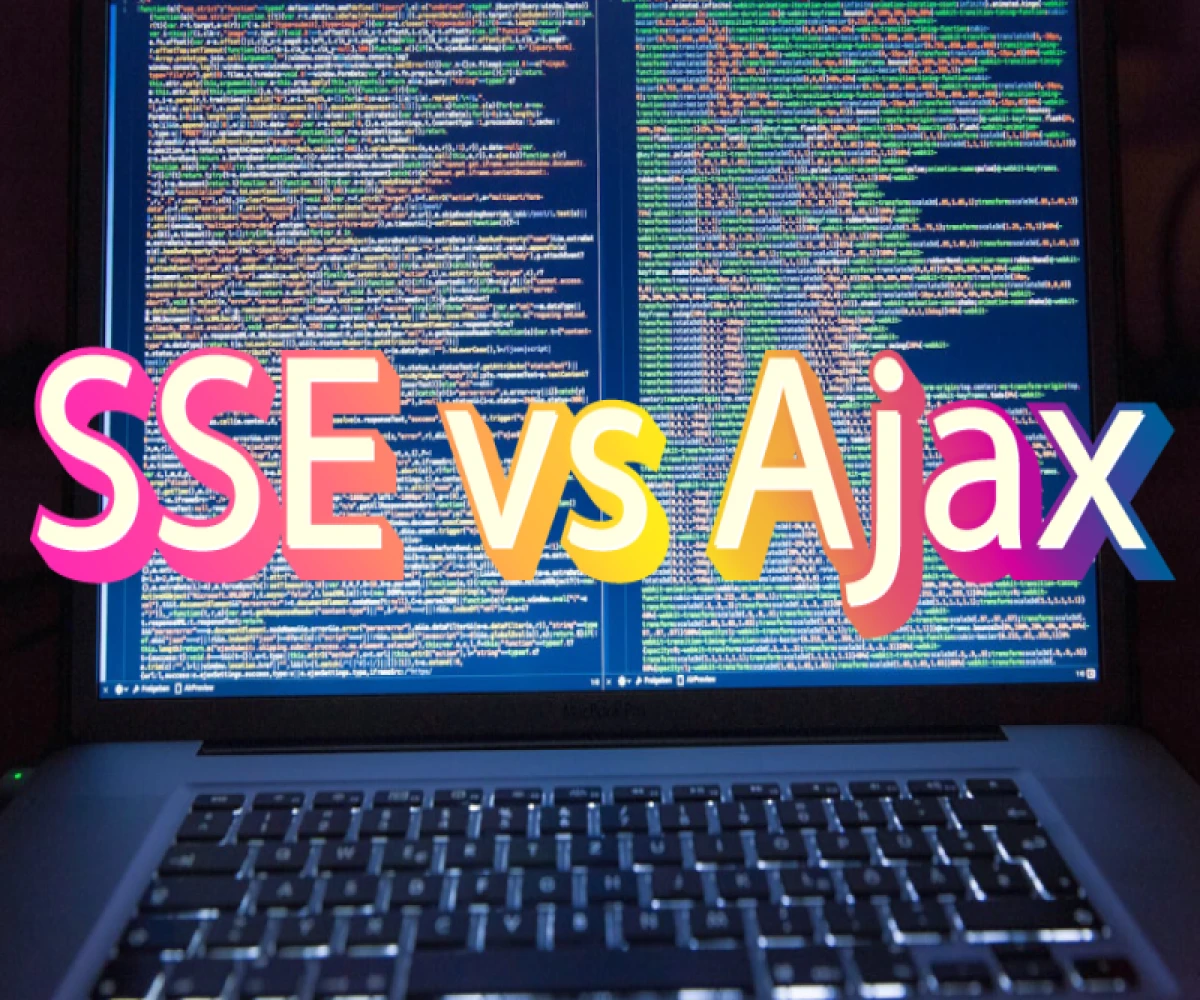
Push or Pull? Mastering Data Flow with SSE and Ajax
SSE vs. Ajax: Push vs. Pull for Dynamic Web Apps
Both Server-Sent Events (SSE) and Asynchronous JavaScript and XML (AJAX) are techniques for creating dynamic web applications. They allow web pages to update content without requiring a full page reload. But they differ in how they achieve this: SSE uses server-side "push" technology, while AJAX uses client-side "pull" technology.
SSE: Server-Sent Events (Push)
- Positives:
- Efficient: The server only sends updates when there's new data, reducing unnecessary requests and server load.
- Real-time updates: Ideal for scenarios requiring constant data streams, like live chat or stock tickers.
- Simple server-side implementation: Requires less complex code compared to WebSockets (another push technology).
- Negatives:
- Limited browser support: Older browsers might not have native support for SSE.
- One-way communication: The server can only push data to the client. Client-initiated communication requires additional techniques.
- Firewall issues: Firewalls might block SSE connections due to their persistent nature.
Example: Imagine a live sports scoreboard. With SSE, the server pushes updates on score changes to all connected clients, keeping the scoreboard constantly updated without user interaction.
AJAX: Asynchronous JavaScript and XML (Pull)
- Positives:
- Wide browser support: Virtually all modern browsers support AJAX.
- Two-way communication: Clients can send data to the server as well as receive data.
- Flexibility: Can be used for various data exchange scenarios, not just real-time updates.
- Negatives:
- Less efficient: Frequent polling for updates can overload the server and create unnecessary traffic.
- Not truly real-time: Updates occur only when the client requests them, creating a slight delay.
- More complex implementation: Requires additional JavaScript code for handling requests and responses.
Example: Imagine a shopping cart. When a user adds an item, AJAX sends a request to the server to update the cart total. The server processes the request and sends back the updated information.
Choosing Between SSE and AJAX
The best choice depends on your specific needs:
- Use SSE: For real-time data streams where server efficiency and constant updates are crucial (e.g., live chat, stock tickers).
- Use AJAX: For scenarios requiring two-way communication, broader browser compatibility, or data exchange beyond real-time updates (e.g., shopping carts, form submissions).
Remember, both SSE and AJAX are valuable tools for dynamic web development. Understanding their strengths and weaknesses will help you choose the right approach for your application.


